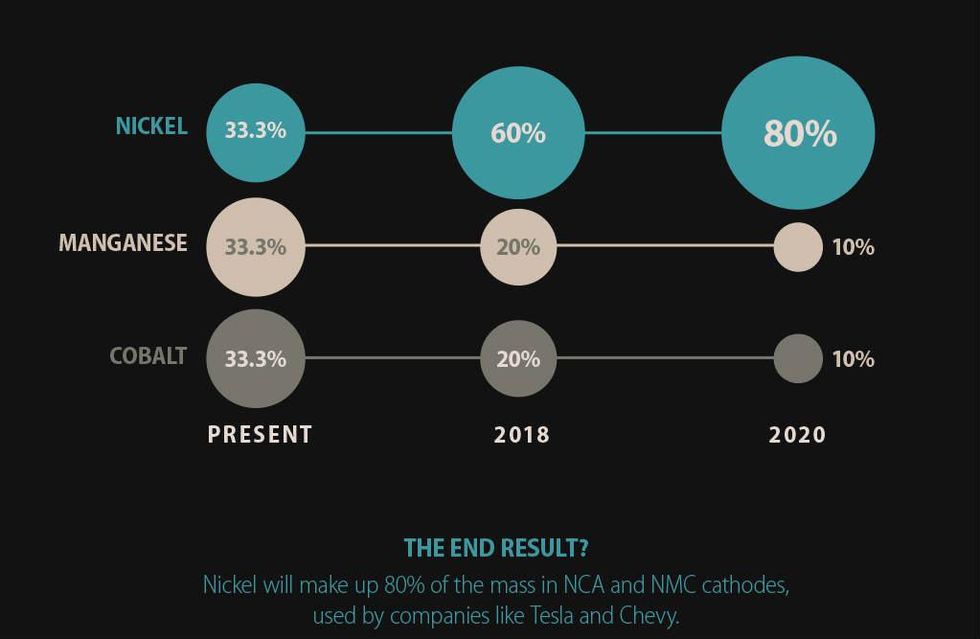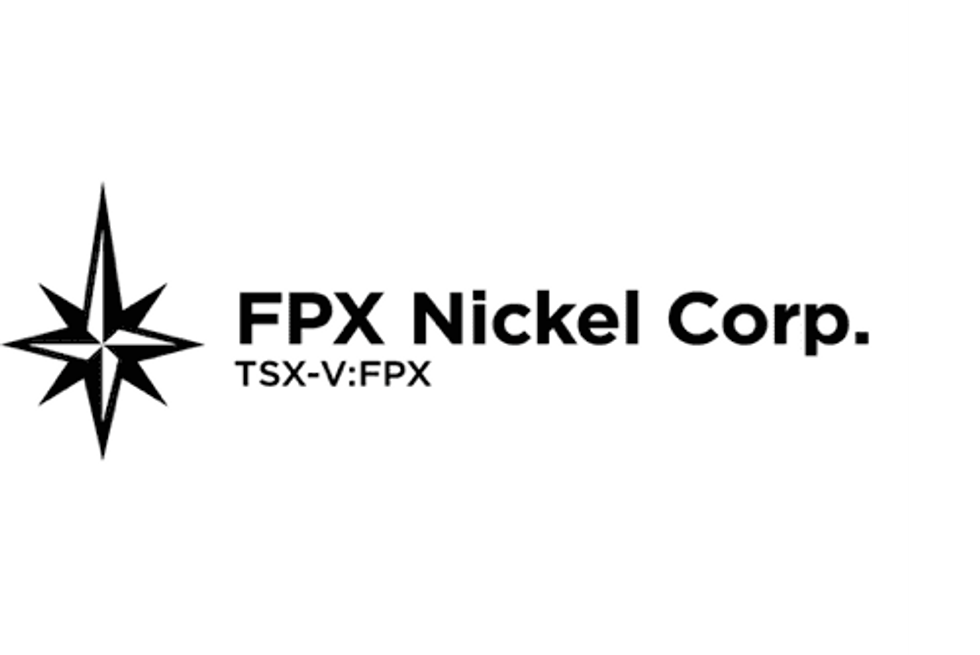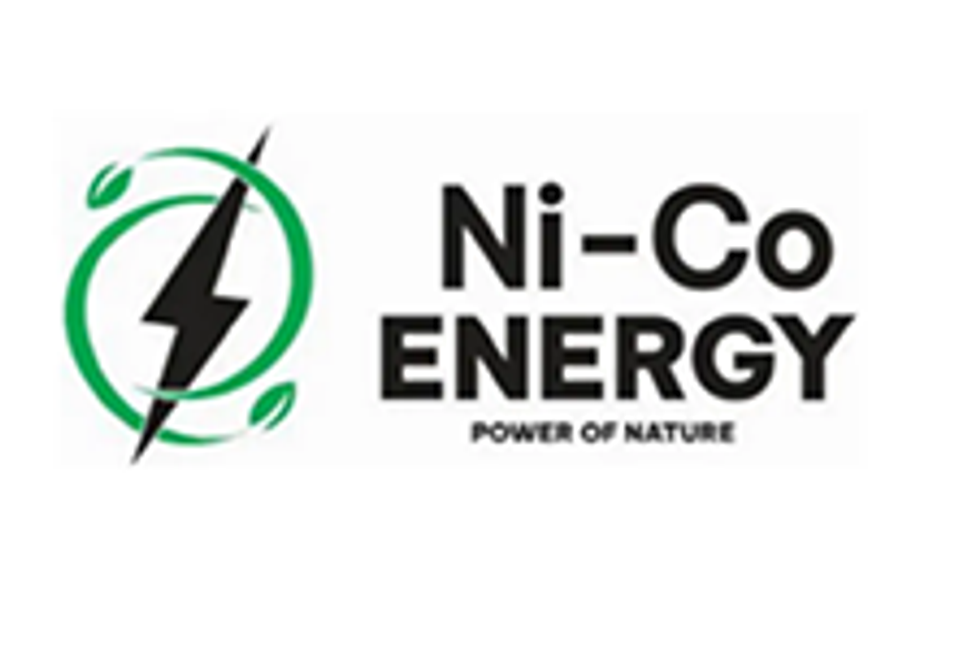Nickel Outlook 2018: Price Gains and Growing Battery Boom

What’s in store for nickel in 2018? Experts share their nickel outlook, pointing to price improvement and increasing demand from the battery space.
The nickel market is expected to be in deficit in 2017, with prices averaging around $10,400 per tonne. But what’s the nickel outlook for 2018?
According to Andrew Mitchell, principal nickel analyst at Wood Mackenzie, next year will likely bring another deficit and an average annual price of $11,000.
“There is unlikely to be any new project development during 2018, although there is no question that the electric vehicle hype has rejuvenated interest in nickel as a commodity. Our view is that the market will be in deficit, and that on average prices for 2018 will be higher than the average for 2017,” he said in conversation with the Investing News Network.
Other firms have similar views. In FocusEconomics‘ latest report, panelists said they see benchmark LME nickel prices averaging $11,111 in Q4 2018. For the year as a whole, they gave a maximum price forecast of $13,349 and a minimum price of $9,800.
Meanwhile, Scotiabank is calling for an average nickel spot price of $5 per pound, up from $4.65 in 2017. It notes that “high inventories have insulated the market from the growing supply deficit, though we see gradual gains through the forecast horizon.” Read on to learn more about the nickel outlook for 2018.
Nickel outlook 2018: Supply
Macquarie (ASX:MQG) believes that while the nickel market is currently in deficit, supply is set to rise. The bank predicts that Chinese nickel pig iron output could jump to 500,000 MT in 2018, up from 407,000 MT in 2017, due to the loosening of Indonesia’s ban on raw ore exports. Meanwhile, Indonesia’s nickel pig iron production could rise to 240,000 MT in 2018 up from 90,000 MT in 2016.
Speaking to Bloomberg in November, Ian Roper, head of international business at Shanghai Metals Market, said, “looking forward we’re very concerned about this vast flood of nickel ore.” He expects the increase in supply to outpace battery developments, making it difficult to be “fundamentally bullish.”
That said, supply cuts are being made elsewhere. Mitchell said “the reconfiguration of Vale’s (NYSE:VALE) Canadian assets and the future of its New Caledonia operation … will be interesting to watch.” Vale recently announced plans to reduce its nickel output by 15 percent in 2018; the company also noted that it continues to search for an investor for its New Caledonia nickel mine.
For his part, Junior Stock Review founder Brian Leni said investors should watch the actions of Philippines closely. The country’s new president is currently deciding whether to uphold a ban on open-pit mining; he is also determining whether suspended mines should come back online.
Leni noted that investors should “watch for continued drops in [nickel] inventory levels, as it’s my guess that the Philippine government will move forward with its decision to ban or partially ban nickel ore exports.” He said FPX Nickel (TSXV:FPX), a company he owns shares in, is one stock to watch.
Nickel outlook 2018: Demand
According to the International Nickel Study Group, electric vehicle demand will represent just 3 percent of nickel demand in 2017 — that’s compared to the two-thirds of supply that goes toward stainless steel.
However, as the popularity of electric vehicles continues to grow, the sector is expected to account for an increased amount of nickel demand. That’s because the lithium-ion batteries that power these cars require nickel, and could need increasing amounts of the metal in the future. In fact, analyst Lachlan Shaw of UBS Group (NYSE:UBS) recently told Bloomberg that by 2025 batteries will account for 500,000 to 600,000 tons of demand per year; current annual nickel demand stands at 2.1 million tons.
Graphic via Visual Capitalist.
Predictions like that have excited nickel market watchers in recent months, but it’s worth noting that only about half of the world’s nickel supply will be suitable for use in lithium-ion batteries. These batteries can only use a high-purity form of the metal known as Class 1. As Andrew Miller of Benchmark Mineral Intelligence, explained, “you need that Class 1 nickel to go into the battery industries, and that’s a smaller segment of the total nickel market.”
Demand for this high-purity form of nickel is forecast to increase by 50 percent by 2030, reaching 3 million MT, Saad Rahim, chief economist at Trafigura Group, recently told Bloomberg.
Currently, some of the largest producers of higher-grade nickel ores include major miners BHP Billiton (NYSE:BHP,ASX:BHP,LSE:BLT), Norilsk Nickel (MCX:GMKN), Vale and Sumitomo (TSE:8316), which are moving to secure supply contracts quickly.
Rory Johnston, commodity economist at Scotiabank, said the market could see, “as much as 10 to 15 percent of current nickel demand added just from [the electric vehicle sector] by 2025.”
Why? He explained, “typically you’re seeing more substitution away from rarer minerals into more available minerals like nickel, which, unlike lithium, has very well-established financial market products around it. It’s traded on the LME, the Shanghai Futures Exchange — these exchange listings of futures allow for risk management processes to emerge around nickel, which has an infrastructure around it that a lot of the other metals don’t. That is why we generally see a bullish demand outlook for nickel from the battery space going forward.”
Johnston added that at current price levels, not many firms are building new nickel mines and, “we’re going to need more nickel than that into the 2020s to fulfill the demand from this new battery boom.”
Don’t forget to follow us @INN_Resource for real-time news updates!
Securities Disclosure: I, Melissa Shaw, hold no direct investment interest in any company mentioned in this article.
Editorial Disclosure: The Investing News Network does not guarantee the accuracy or thoroughness of the information reported in the interviews it conducts. The opinions expressed in these interviews do not reflect the opinions of the Investing News Network and do not constitute investment advice. All readers are encouraged to perform their own due diligence.




